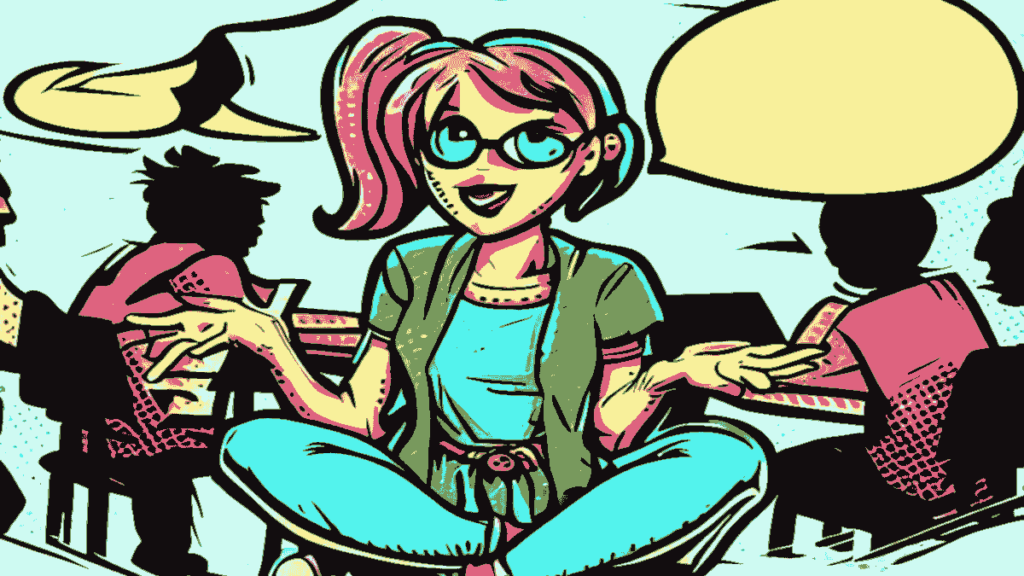
Time for a Change: The Current State of Alternative Education
Imagine being a teenager who’s lost interest in traditional school. You’re given a chance to learn in a different way, through alternative education. But instead of finding a lifeline, you’re thrown into a system that’s underfunded and underperforming. That’s the grim reality for over 2000 teens in New Zealand each year, according to a recent report by the Education Review Office (ERO).
The report paints a bleak picture, stating that too many of these students are failing to achieve the benchmark NCEA level 2 qualification. Worse still, many end up on benefits later in life. The ERO doesn’t mince words, calling the current model of alternative education a “missed opportunity” to change these young people’s life trajectories.
Money Matters: The Funding Issue
So, where’s the money going? The government increased funding to the sector in this year’s budget, but it’s still less than what some small secondary schools receive per student. This money is paid to contract-holders, usually schools, which then contract organisations to provide alternative education. But the report reveals that these providers often have to fundraise to make ends meet, and some have even shut down due to lack of funding.
Quality Concerns: The Need for Improvement
Alternative education offers small-group learning with individual tutors, which students enjoy. But the results? Not so good. The report states that the current model is inadequate to meet the needs of these often highly disengaged young people. The teaching is weak, resources are lacking, and only one in five educators in alternative education are registered teachers. Even the facilities are often so run-down they act as a barrier to learning.
Looking Forward: Recommendations for the Future
The ERO report doesn’t just highlight the problems, it also offers solutions. It recommends a total overhaul of alternative education, with a clear national model, standards for high-quality provision, and sufficient funding to meet the complex needs of the students. It also suggests employing registered teachers, providing kaupapa Māori approaches, and ensuring that alternative education is provided in suitable facilities.
The Students: Who Are They?
Who are the students in alternative education? They’re the ones most disengaged from traditional education. Most are Māori (68%) and male (63%). Many have been exposed to crime, violence, and trauma, and nearly a third have a mental health need. One educator told ERO:
We have students who turn up regularly. No shoes … no food, dad’s just beat them up. That’s not like that happens once a term that’s like that happens three times a week.
Final Thoughts
Despite the challenges, 76% of students said they preferred alternative education to their previous school. But with only 9% achieving NCEA level two compared to 32% of students from comparable backgrounds who had not been to alternative education, it’s clear that the system needs to do better. The ERO report is a wake-up call, a call to action. It’s time to give these at-risk teens the education they deserve.
